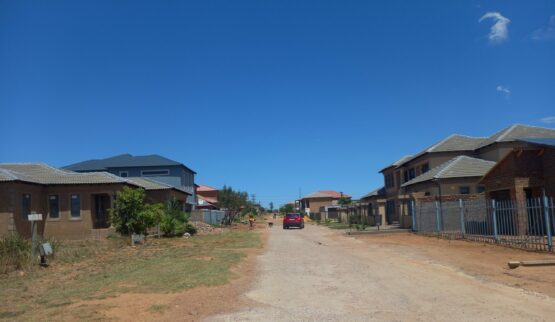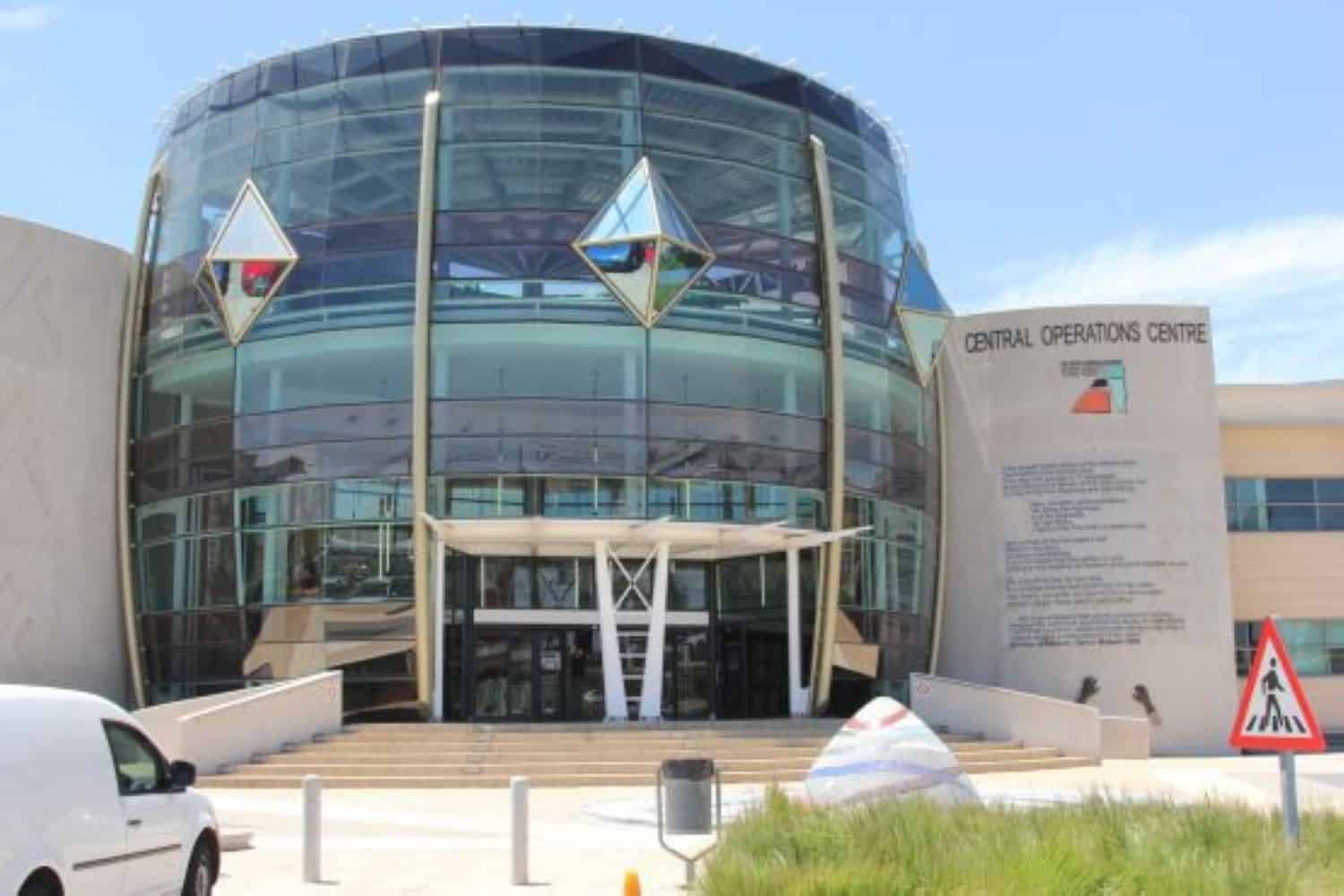Building continues while council ‘investigates’.
Hundreds of big, upper-class houses have mushroomed in an illegal development right on the doorstep of Pretoria with no apparent effort from the City of Tshwane to stop it.
There are no proper streets, stormwater drainage, water supply, sewerage or refuse removal.
Asked about it two weeks ago, the council could only say that it is “investigating the existence of the development in question to determine as to whether there are any applications submitted for infrastructural and/or residential developments”.
“Once these investigations are completed, we will be able to give an update,” it added.
Moneyweb was approached by two residents of Leeuwfontein, an agricultural area north of Pretoria on the way to Cullinan.
Richard Sharp and Willy Seeley have both been living and working on their smallholding for years and are very concerned about the illegal developments in the area.
“If all is above board, I have no problem with it,” says Seeley, who farms with crops and livestock on his property. There are several exclusive estates in the area that comply with the necessary town planning prescripts, and he welcomes those.
The illegal developments however are a threat to their property values.
They say crime has increased dramatically, and they are concerned about the impact on the groundwater and surface water.
Sharp does steelwork on his plot and plants vegetables, including mielies, sweet potatoes and tomatoes. Some neighbours grow pecan nuts, tomatoes and green peppers and there is also a big commercial nursery. The smallholdings in the area vary in size, roughly between nine and 15 hectares.
ALSO READ: AfriForum wont stop cleaning and fixing in the Tshwane community
Moneyweb takes a look
Sharp and Seeley took Moneyweb on a tour of the development on the northern side of the road from Montana to Cullinan, just past the Baviaanspoort prison.
What we found astonished us. “If you put one of these houses in Waterkloof, they will be worth R4-5 million,” says Seeley.
The houses are mostly big, many are double storeys with good finishes, and building costs must have been substantial.
Some houses are not yet finished, but are already occupied, which might not have been permitted in a formal development. The streets look like farm roads without any apparent stormwater drainage.
Most houses have their own Jojo tanks and there is one central installation with several Jojo tanks stacked together. It is not clear whether this serves the whole community.
The community even boasts a guest house – Rose T – which faces the Cullinan Road, complete with its own official brown tourism board.
ALSO READ: Tshwane names new mayoral committee
‘No approval’
Local councillor Freddie Pienaar says the council did not grant township establishment approval for the development and none of the building plans have been approved by council. He says there is now an effort to formalise the development – “but it is very difficult to install services after the fact.”
He says the township often connects to the city’s electricity network illegally. “We have caught some of the culprits and even had a drone in the air to see what is going on.”
According to Sharp and Seeley the illegal development results in an overload of the electrical infrastructure in the area and “we see our power supply dip.”
Pienaar says some of the lawful estates in the area have been left in the dark due to the overloading that the illegal connections cause.
He says there is no sewerage system, and this leads to pollution of the local surface water, which ends up in the Roodeplaat Dam. The increased E.coli-count in the dam negatively impacts tourism.
ALSO READ: Cilliers Brink removed as City of Tshwane mayor
The question arises how the residents fund the building of their multimillion-rand houses, because without subdivision and further compliance they would not be entitled to get title deeds – and without that, they would not qualify for a bond.
Moneyweb was able to trace Google earth images from 2017, which shows roads cleared on the property and a few houses here and there.
The latest Google earth image from February this year, shows how the houses have mushroomed. There are hundreds now.
Pienaar says the City of Tshwane is losing out on millions of rands in property rates.
There is however only so much he can do as a councillor. He is dependent on the administration to act against the illegal actions.
This, he says, is even more difficult now that the multi-party government of former DA-mayor Cilliers Brink has been voted out and replaced by a coalition of the ANC, ActionSA and the EFF.
Pienaar says this is only one of several similar illegal developments in Tshwane, and isn’t even the biggest of them all.
ALSO READ: Nasiphi Moya elected mayor of Tshwane
City’s response
Moneyweb asked the City of Tshwane several questions about the development. At first the city was unable to properly identify the property.
Moneyweb supplied detailed, official data as well as the latest Google earth image. After a week the city responded that it cannot comment on the matter, because the property is privately owned.
It was only when Moneyweb pressed for answers, that the city said it is “investigating the existence of the development”.
Moneyweb will keep on digging for more information and will keep readers updated.
This article was republished from Moneyweb. Read the original here.














